Off to the movies
Create a simple program using a text-based programming language to generate an output based on two possible input options. This is a simple Boolean (true/false) application where its asks the user’s age - if you are over 15 then you can watch G and M rated movies - if you are under 15, then you can only watch G rated movies. This lesson was designed in collaboration with Jason Vearing QSITE (Gold Coast Chapter).
Additional details
| Year band(s) | 7-8 |
|---|---|
| Content type | Lesson ideas |
| Format | Web page |
| Core and overarching concepts | Specification (decomposing problems), Algorithms, Implementation (programming) |
| Australian Curriculum Digital Technologies code(s) |
AC9TDI8P07
Design the user experience of a digital system
AC9TDI8P05
Design algorithms involving nested control structures and represent them using flowcharts and pseudocode
AC9TDI8P10
Evaluate existing and student solutions against the design criteria, user stories and possible future impact |
| Technologies & Programming Languages | JavaScript JS |
| Keywords | AlgorithmsCode, Branching, User input, JavaScript, Text based programming, General purpose programming, Code, Code editor, W3Schools, Functions, Variables, String |
| Organisation | ESA |
| Copyright | Creative Commons Attribution 4.0, unless otherwise indicated. |
Related resources
-
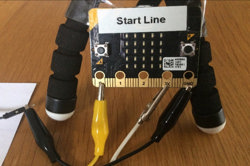
Creating a digital start line and finish line with micro:bits (Years 7-8)
The following activity suggests one-way Digital Technologies could be integrated into a unit where vehicles are being designed and produced.
-
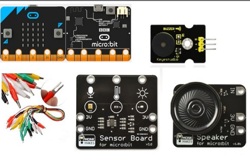
Classroom ideas: Micro:bit Environmental Measurement (visual and general-purpose programming) (Years 5-8)
Investigating environmental data with Micro:bits: This tutorial shows the coding needed for digital solutions of some environmental issues that can be created using pseudocode and visual programming.
-

Home automation: General purpose programming
Investigate home automation systems, including those powered by artificial intelligence (AI) with speech recognition capability.
-
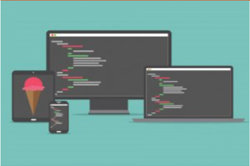
Coding in the Classroom
Through this website, educators can explore and share resources and strategies to teach coding.
-
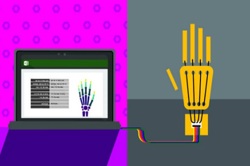
Building Machines That Emulate Humans
Students build robotic models from cardboard and straws to understand the anatomy and biomechanics of the human hand. Then, they conduct trials visualizing data in Excel to generate new ideas for improving it’s performance.
-
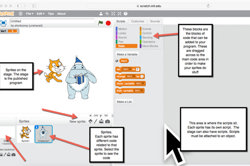
Game design
This sequence of lessons integrates game design using scratch and a Makey Makey programming board.
-
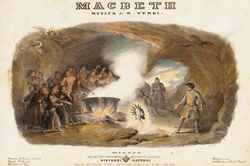
Pencil code program: Lady MacBeth Chat Bot
Use this program to create an interactive chat bot who answers questions as if she is Lady Macbeth.
-

Finding the shortest path
In this lesson, students will experiment with different ways of creating a path between two points with algorithm design and generalizing patterns.
